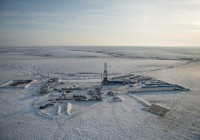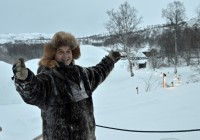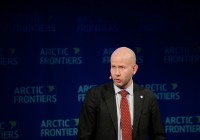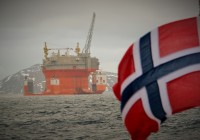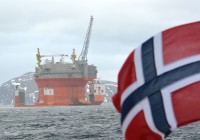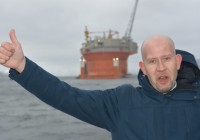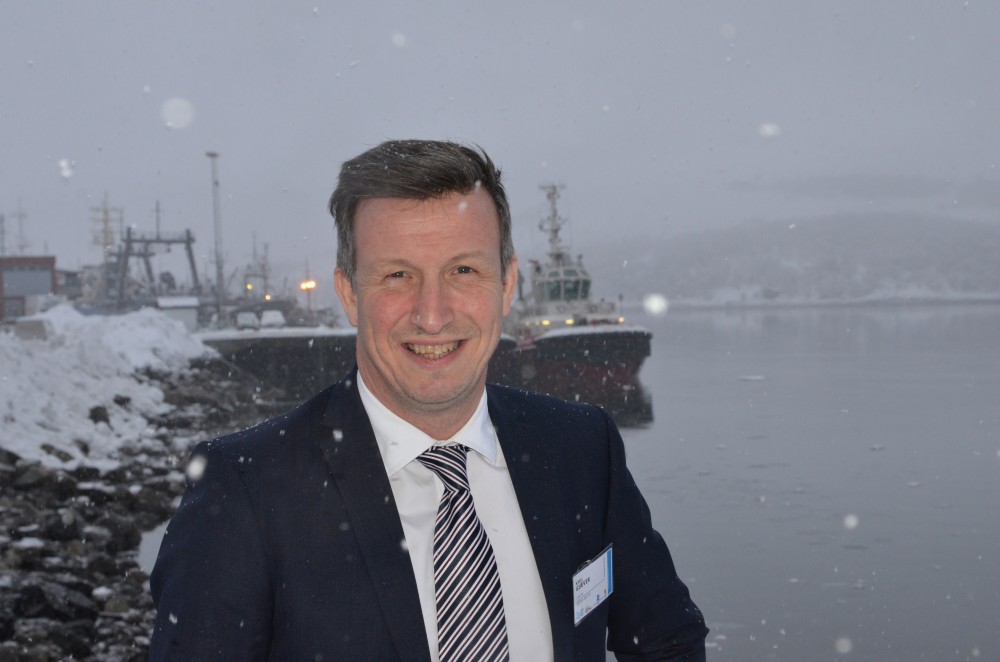
Petro Arctic Director plans for quadrupled oil price
ADVERTISEMENT
“This year it has been especially important to focus on the macroeconomics in the analytic work. Also for Northern Norway the future oil price- and cost developments will guide the future developments,” says Kjell Giæver.
Presenting the Forsight 2030 study at the Kirkenes conference, on the shores to the Barents Sea, Giæver expects 2016 to see oil prices scrape bottom in 2016.
«There is a good reason why we present this report in Kirkenes. This area will play a central role in the petroleum-developments in the years to come,» says Kjell Giæver.
Foresight 2030 is an annual report made by Rystad Energy with focus on trends and predictions for oil and gas explorations in northern-Norway. Petro Arctic, the network of suppliers to the petroleum industry in the north, presents the report in cooperation several other steak holders.
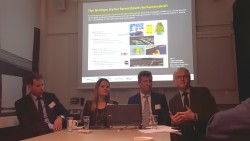
From nosedive to rocket climb
The study says oil price could reach $100 per barrel within 2020. By 2024, the study’s graph has raised the price to $120. That is four times higher than the $30 per barrel on Tuesday after prices took yet another nosedive.
Kjell Giæver says petroleum drilling in the north do not depend on $120. «The Barents Sea is just as profitable as the rest of the Norwegian continental shelf,» Giæver underlines. To the Independent Barents Observer, the Petro Arctic director says a price between $70-80 will also make good business for the industry.
ADVERTISEMENT
“We need to have focus on reducing the costs,” says Kjell Giæver. He believes nine fields will be in production on the continental shelf outside northern Norway by 2030.
“The costs associated with each single development is substantially reduced compared with the analysis from 2014. This year’s Petro Foresight 2030 shows the fields in the Barents Sea can be developed with prices down to $45 per barrel due to cost efficiency in the industry,” says a smiling Kjell Giæver.
“Now, we do need to put aside the debate that oil and gas activities are not profitable enough here in the north.”
Broad repercussions for northern Norway
With annual investments- and operation costs around NOK 70 billion (€7,24 billion) from 2020, Petro Arctic expects broad repercussions for northern Norway. That does also include a new oil terminal at Veidnes near North Cape to handle oil from the fields Johan Castberg, Alta/Gotha and Wisting. The three fields are said to hold some 1,200 million barrels of oil.
The report suggests production drilling to start at the Johan Castberg field in the western part of the Barents Sea in 2021.
In the longer run, the analysts with Rystad Energy expect more oil to be discovered in the Barents Sea.
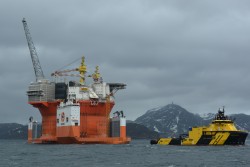
So far, Statoil’s Snøhvit natural gas field is the only in operation in the Norwegian sector of the Barents Sea. In March, Eni Norge expects the Goilat oil field to start after years of delays and cost overruns.
Northern shelf biggest producer by 2040
Falling oil and gas production in the North Sea and steadily increase in northern Norwegian- and Barents Seas make the northern shelf to Norway’s most important petroleum region already by 2040, according to Rystad Energy.



